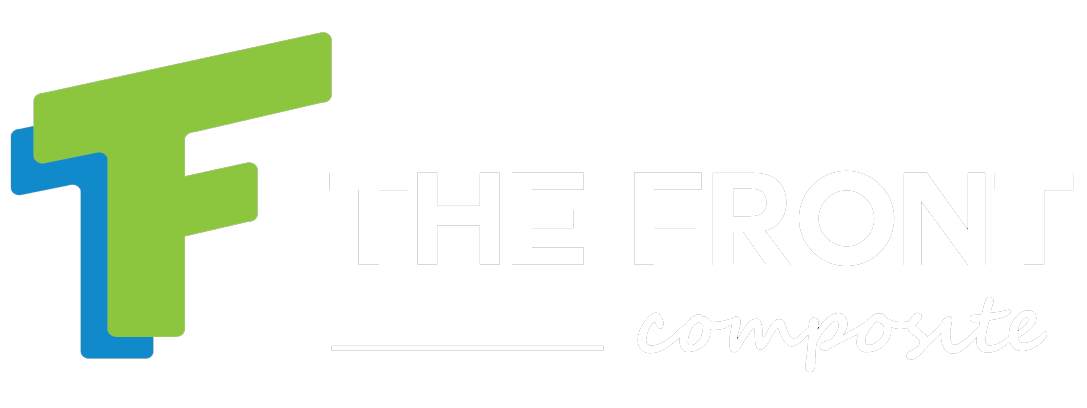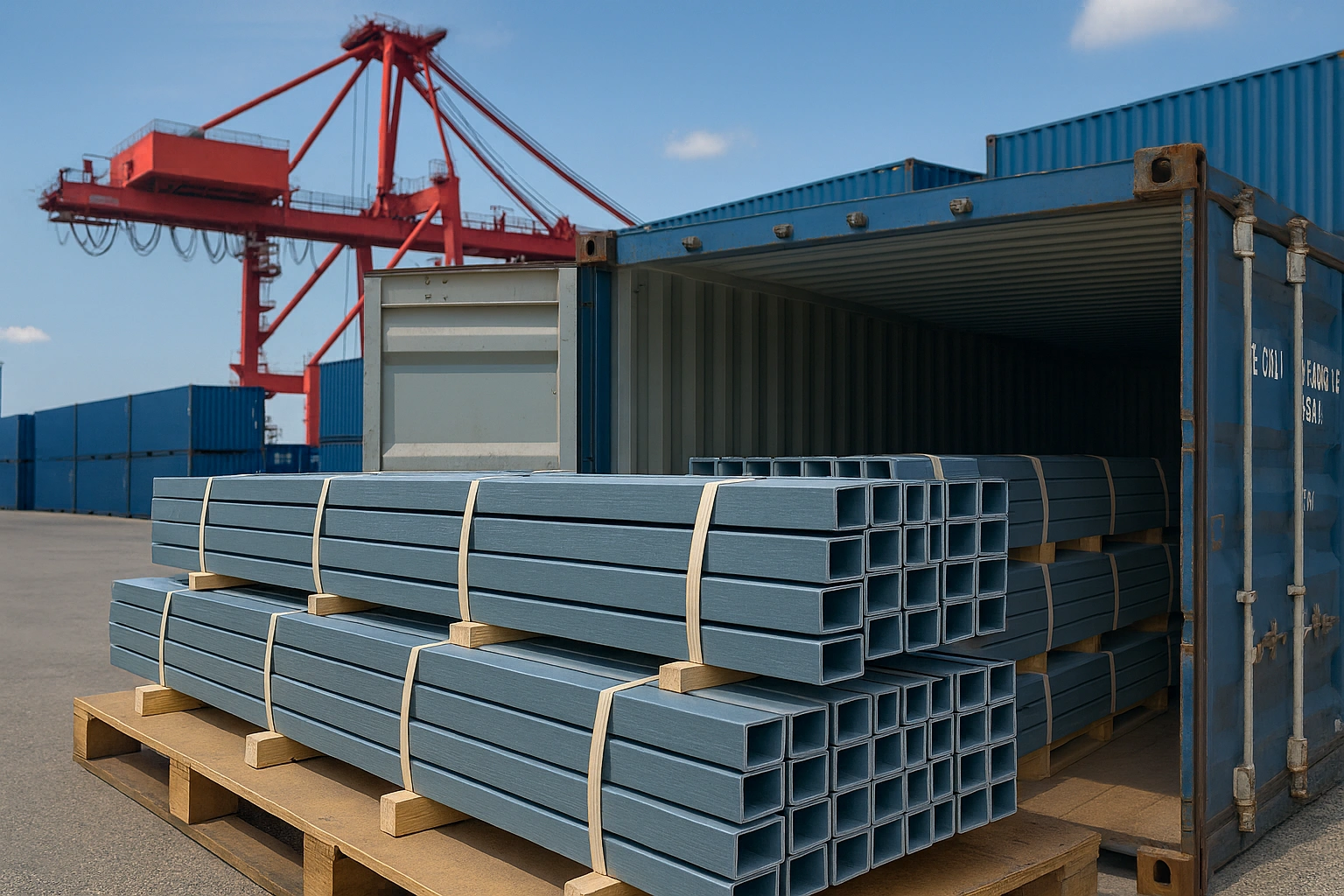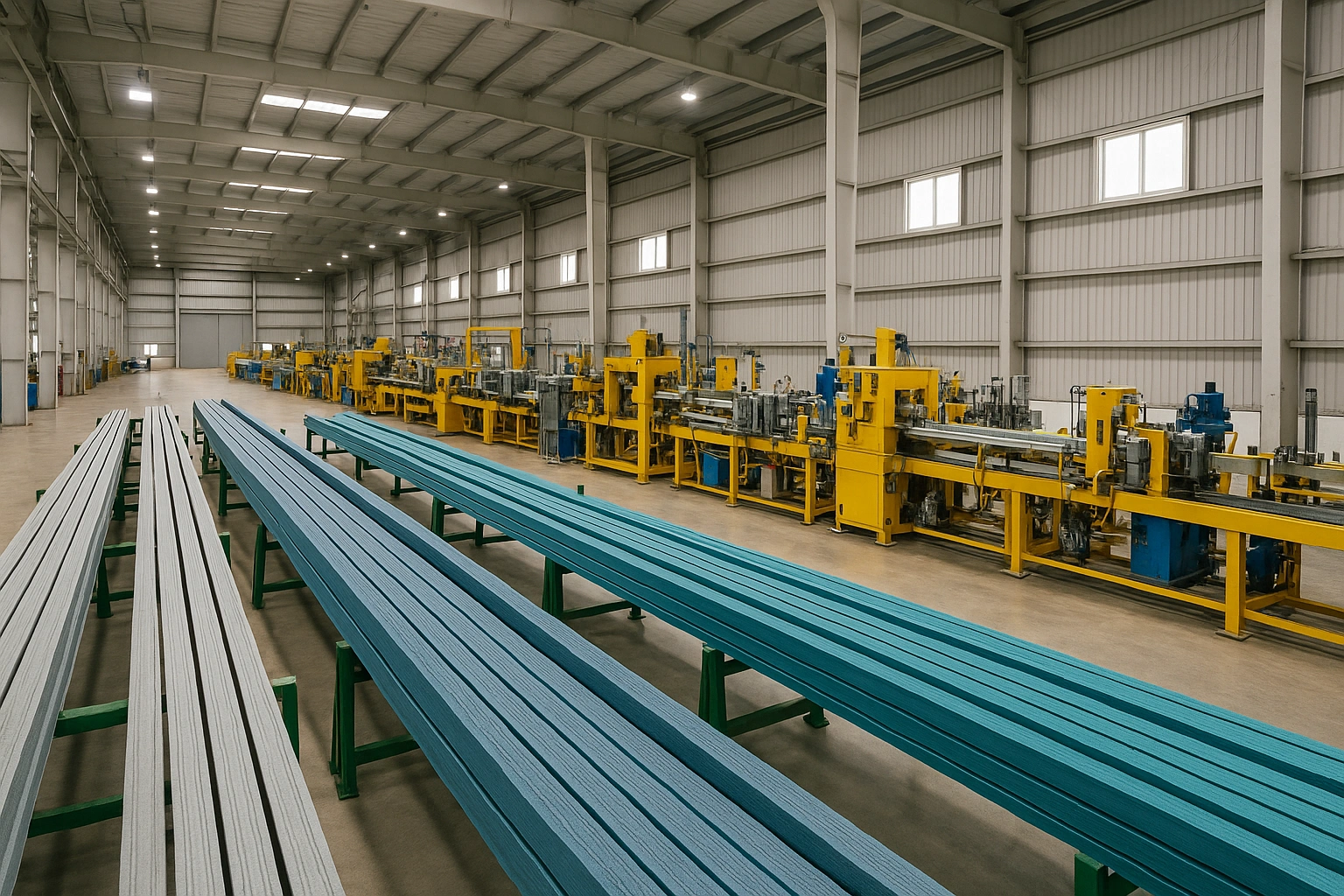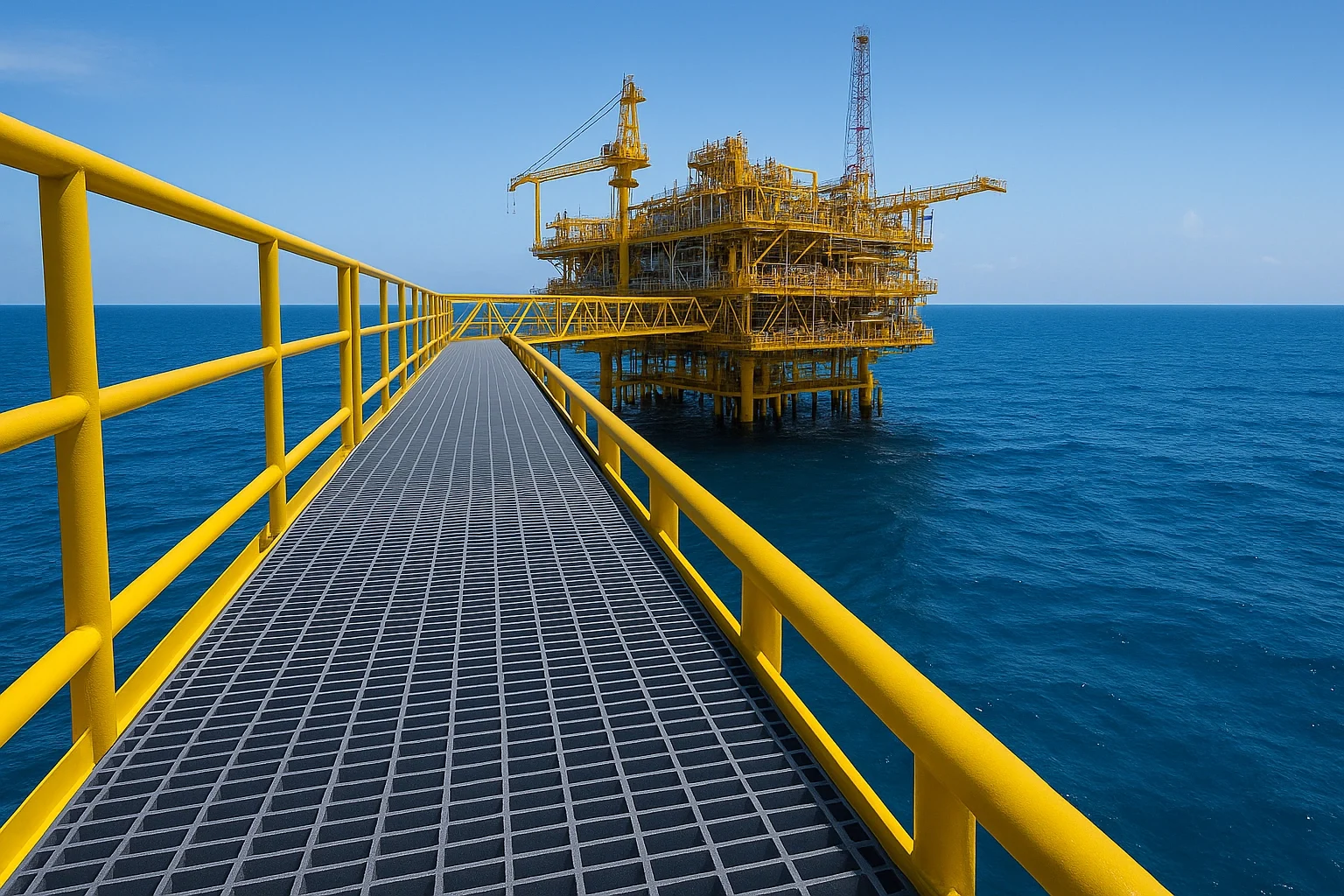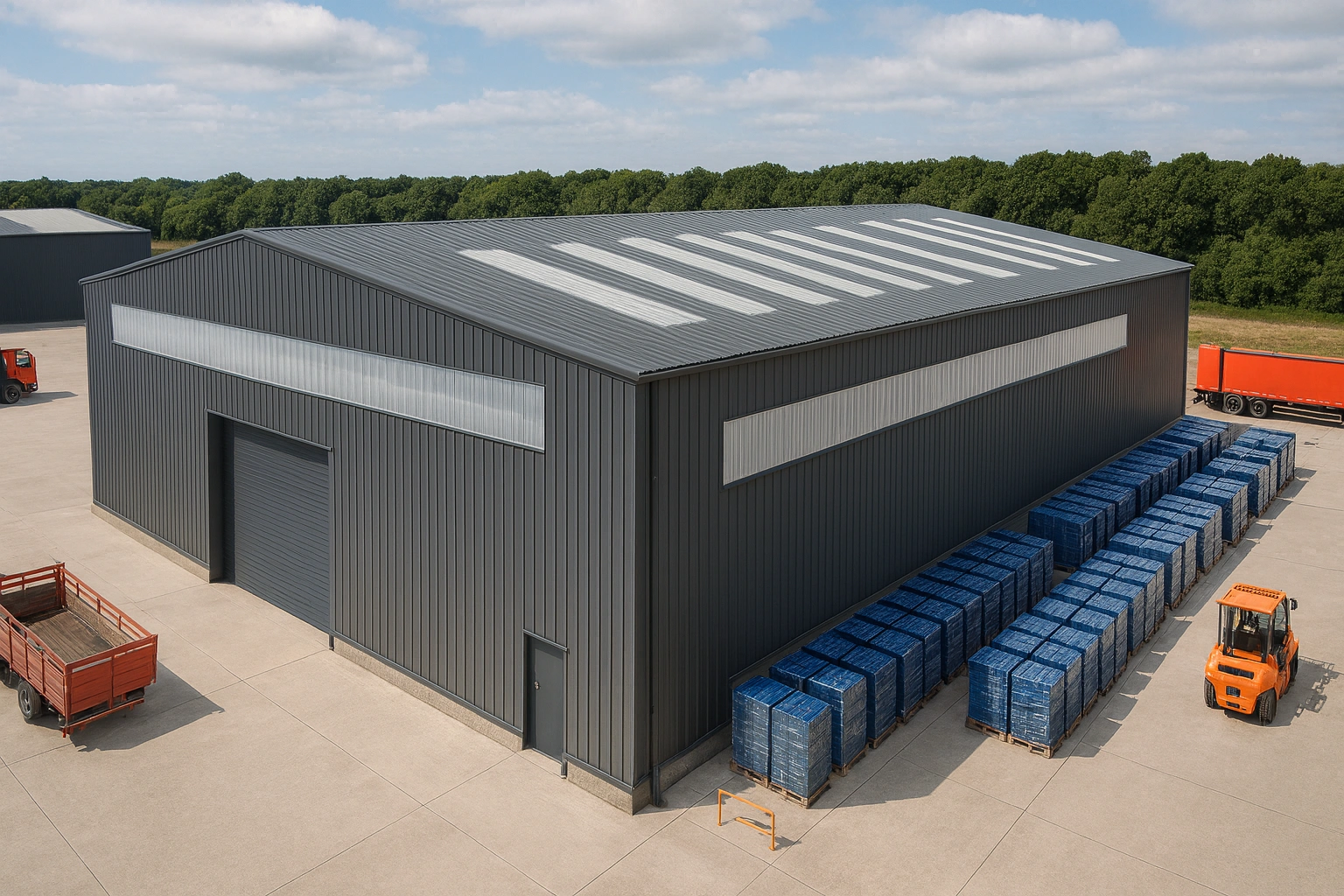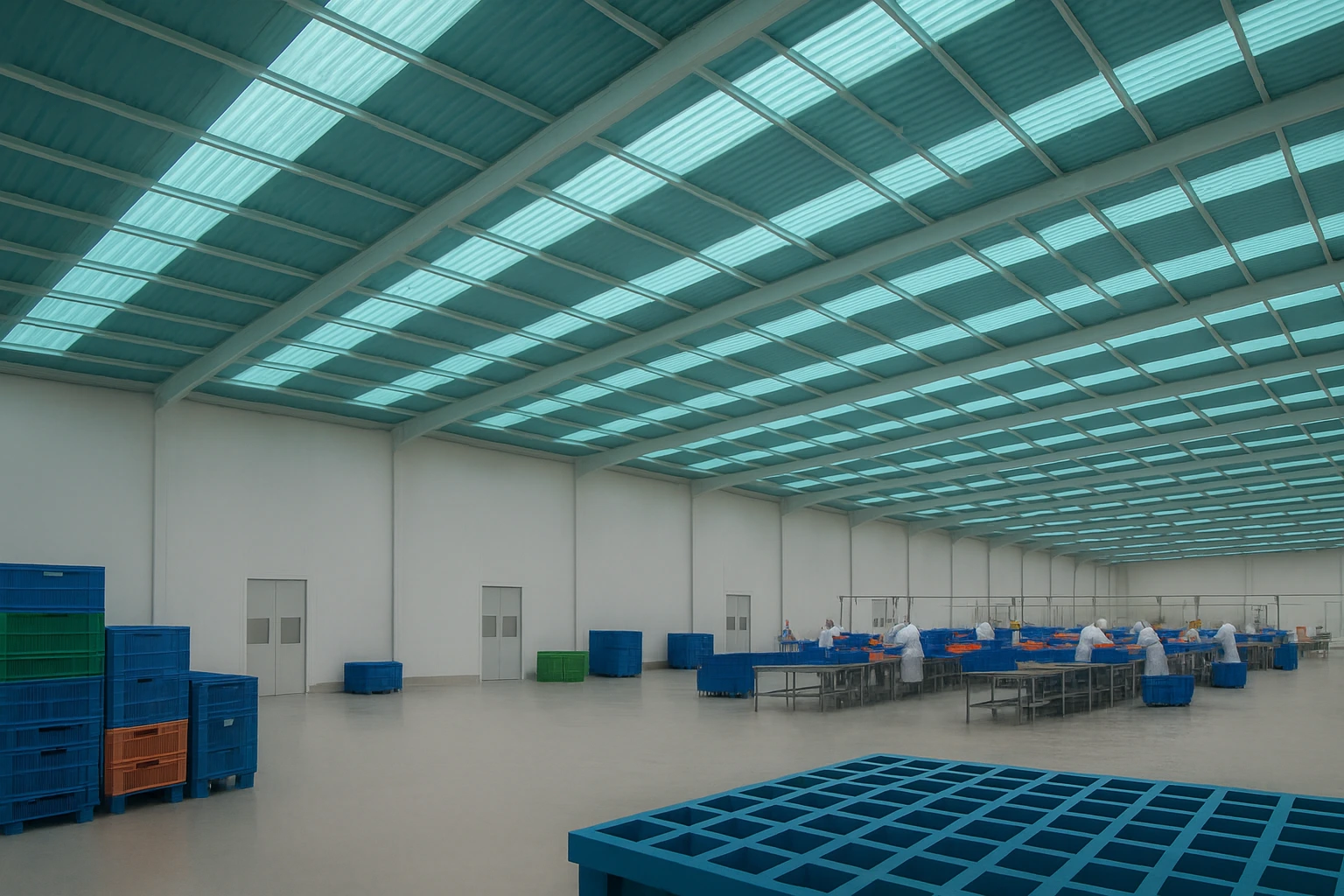Natural light is more than just an aesthetic feature in architecture—it plays a crucial role in occupant well-being, energy efficiency, and environmental sustainability. As architects seek smarter ways to incorporate daylighting in industrial, commercial, and public buildings, FRP (Fiber Reinforced Polymer) skylight sheets have emerged as an innovative solution. This guide offers a scientific and practical overview for architects exploring how to use FRP skylight sheets to enhance design outcomes and project performance.
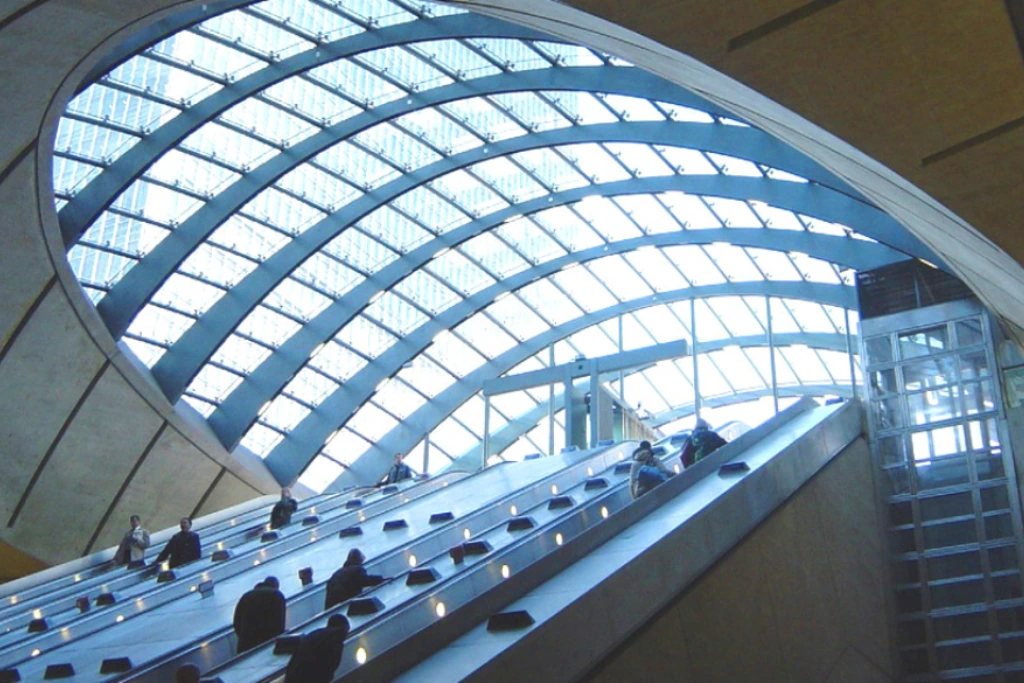
What Are FRP Skylight Sheets?
FRP skylight sheets are translucent panels manufactured from a composite of fiberglass reinforcements and polymer resins. These sheets are engineered to diffuse sunlight while maintaining excellent structural strength, UV resistance, and long-term durability. Unlike glass or polycarbonate, FRP skylights offer superior impact resistance and better longevity in harsh climates.
Material Properties That Support Smart Design
- Light Diffusion and Glare Control: FRP skylight sheets are designed to diffuse natural light evenly, reducing glare and enhancing visual comfort. This characteristic supports healthier indoor environments and lowers the demand for artificial lighting.
- Thermal Efficiency: High-performance FRP skylight sheets reduce heat gain and provide insulation, helping buildings meet energy codes and certifications such as LEED. Thermal stability ensures consistent performance in both hot and cold climates.
- UV Resistance and Color Retention: Engineered with UV inhibitors, FRP skylight sheets resist yellowing and brittleness, maintaining clarity and strength over time.
- Impact Resistance and Safety: Unlike glass, FRP does not shatter. This makes FRP skylight sheets safer for applications in schools, factories, or public spaces where occupant safety is paramount.
- Fire-Retardant Options: FRP sheets can be manufactured to meet fire performance standards, adding another layer of safety in commercial design.
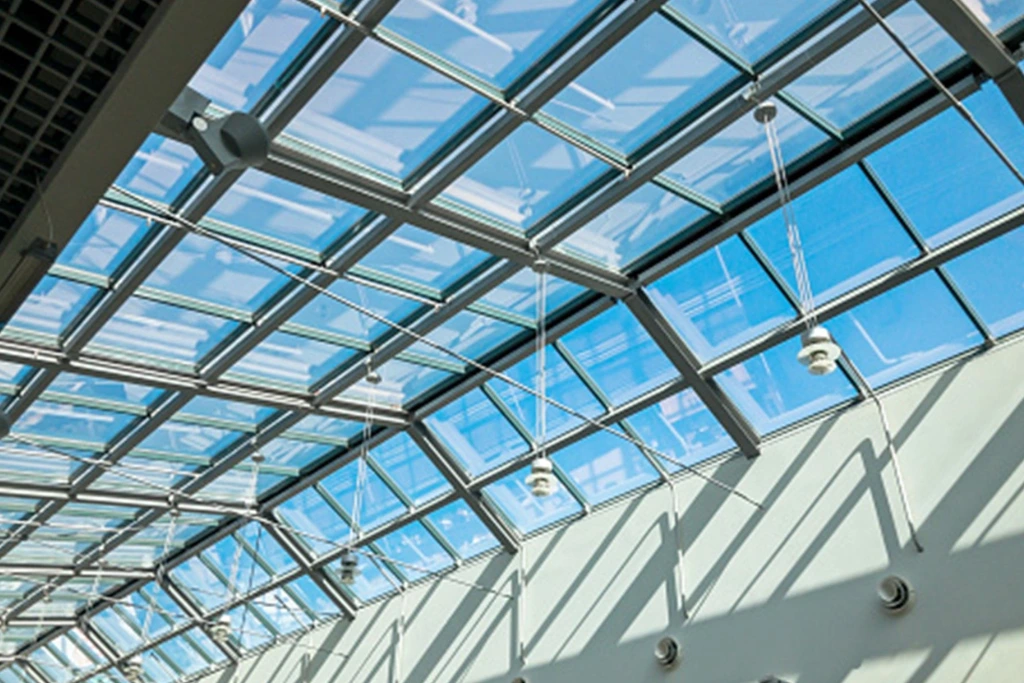
Architectural Applications of FRP Skylight Sheets
- Industrial Facilities: Skylight sheets installed in factories or warehouses provide ambient daylight, reducing lighting costs and improving visibility on the floor.
- Public Buildings: Schools, sports arenas, and transit terminals benefit from glare-free lighting, improved aesthetics, and occupant comfort.
- Commercial Buildings: FRP skylight sheets integrated into atriums, corridors, or canopies enhance visual appeal while contributing to energy efficiency.
- Green Architecture: Sustainable buildings use skylight sheets to maximize daylighting, and achieve green building certifications.
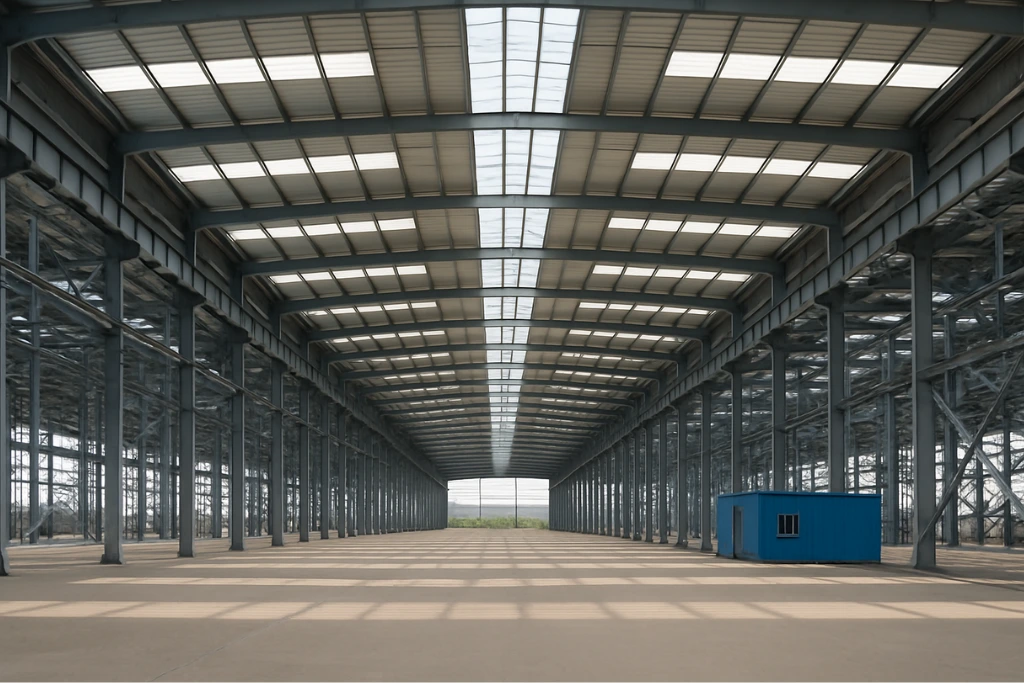
Design Tips for Effective Skylight Integration
- Orientation and Placement: Maximize daylight while minimizing heat gain by orienting skylights to the north or diffused light zones. FRP sheets are particularly effective for large roof spans.
- Sizing and Spacing: Use daylight simulation software to calculate optimal skylight area. A common guideline is to allocate 3-5% of the roof area for skylights in industrial buildings.
- Framing and Sealing: Use compatible framing materials (e.g., aluminum or FRP profiles) and ensure proper sealing to prevent leaks and thermal bridging.
- Ventilation Options: Some FRP skylight systems offer integrated ventilation, improving indoor air quality while maintaining thermal performance.
Installation and Maintenance Considerations
To ensure optimal performance of FRP skylight sheets, careful attention should be paid to installation methods and ongoing maintenance. Installers should follow manufacturer recommendations for cutting, fastening, and sealing to prevent premature aging or water infiltration. Periodic inspections are recommended to check for signs of wear, dirt accumulation, or sealant degradation, especially in high-exposure environments. Cleaning can typically be performed with mild soap and water, avoiding abrasive tools or harsh chemicals.
Proper installation and basic upkeep not only extend the lifespan of the sheets but also preserve their optical clarity and structural integrity. These proactive measures contribute significantly to the overall efficiency and cost-effectiveness of the skylight system.
Economic and Environmental Advantages
- Reduced Operational Costs: Lower lighting and HVAC expenses due to better insulation and light transmission.
- Durability and Maintenance Savings: FRP skylight sheets require less frequent replacement than glass or polycarbonate.
- Sustainable Manufacturing: Many FRP panels are produced using low-VOC resins and recyclable materials, supporting green design goals.
For architects focused on sustainable, safe, and visually pleasing designs, FRP skylight sheets offer a compelling alternative to traditional glazing materials. Their blend of structural integrity, light diffusion, and energy efficiency makes them ideal for diverse architectural applications. By understanding their scientific properties and best use practices, architects can leverage FRP skylight sheets to deliver high-performance, light-filled spaces that align with both aesthetic and environmental goals.
Partner with The Front Industrial At The Front Industrial, we manufacture and supply advanced FRP skylight sheets engineered for architectural excellence. Contact us today to explore how our products can illuminate your next project with natural light and energy-smart performance.
